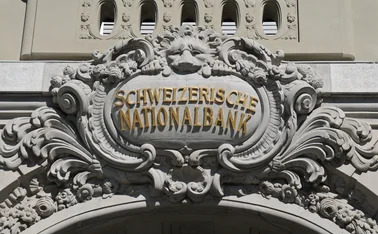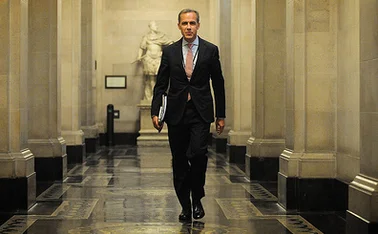
ECB offers euros to non-eurozone central banks
Eurep facility aims to reduce international risks spilling over to eurozone, ECB says

The European Central Bank is set to open a facility allowing non-eurozone central banks to borrow euros, using sovereign debt as collateral.
The ECB’s governing council designed the new repo facility, Eurep, as a “precautionary backstop to address pandemic-related euro liquidity needs outside euro area”, it said in a statement today (June 25). Eurep will remain available until June 2021, and access to its repo lines will require the governing council’s approval.
The council said Eurep would
Only users who have a paid subscription or are part of a corporate subscription are able to print or copy content.
To access these options, along with all other subscription benefits, please contact info@centralbanking.com or view our subscription options here: http://subscriptions.centralbanking.com/subscribe
You are currently unable to print this content. Please contact info@centralbanking.com to find out more.
You are currently unable to copy this content. Please contact info@centralbanking.com to find out more.
Copyright Infopro Digital Limited. All rights reserved.
As outlined in our terms and conditions, https://www.infopro-digital.com/terms-and-conditions/subscriptions/ (point 2.4), printing is limited to a single copy.
If you would like to purchase additional rights please email info@centralbanking.com
Copyright Infopro Digital Limited. All rights reserved.
You may share this content using our article tools. As outlined in our terms and conditions, https://www.infopro-digital.com/terms-and-conditions/subscriptions/ (clause 2.4), an Authorised User may only make one copy of the materials for their own personal use. You must also comply with the restrictions in clause 2.5.
If you would like to purchase additional rights please email info@centralbanking.com







